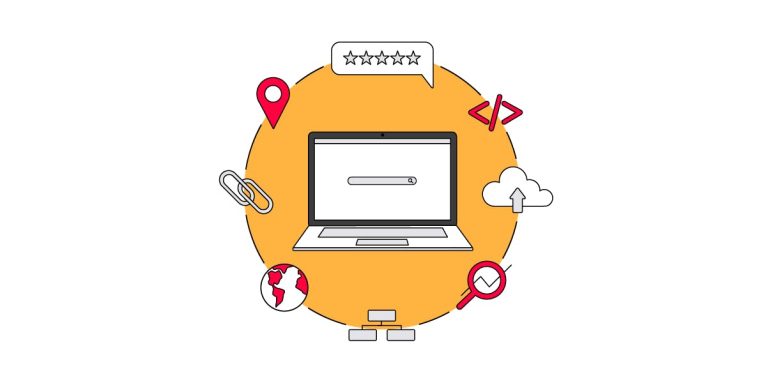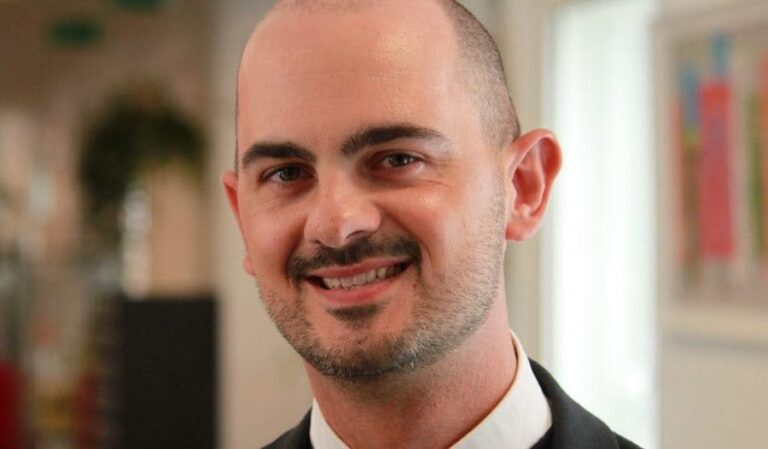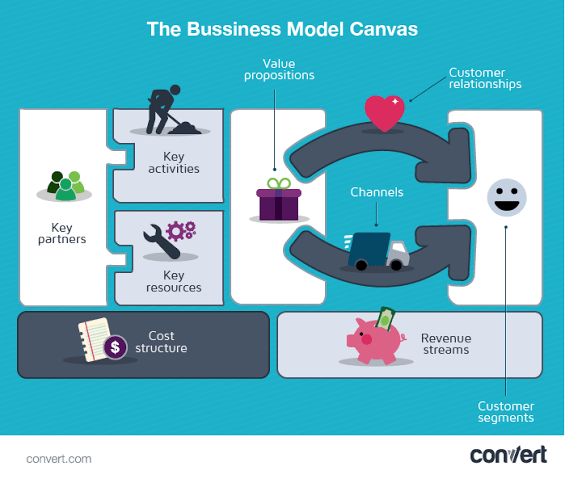The volume and velocity of content is also intense. Brands are creating so much content and DAM systems help make that content more discoverable. By discovering what already exists, companies maximise the investments they already placed in content creation. The future of AI in the context of DAM and PIM is improving the search-and-discover process and presenting the most relevant information to the audience based on what they are trying to accomplish.
When we think about business as an enabler to human flourishing, we also need to advocate for business. It is celebrating the voluntary exchange of goods and services. The freedom for the entrepreneur or business leader to choose what market problem to solve AND people are free to choose if they like it and are willing to spend valuable resources on it. In addition, employees are free to choose where they work and employers are competing for talent by setting forth strong cultures that build transferable skills that provide opportunities for employees to better themselves. It’s a beautiful system and we need to continue to celebrate how business unlocks human potential.
Companies make choices about how they conduct their business because they know what they’re trying to accomplish. If a brand has yet to invest in cloud-based services, I am curious about the reasons. It might be a perfectly good reason. It also might be a reason rooted in fear, perhaps fear of change or not knowing what to do.
How does a DAM solution fit into a wider omni-channel strategy? What can it help brands to achieve?
In practical terms, I think about how I show up every day as the CEO. The first thing is seeing the value other people provide and recognising it…
Increased digitisation is driving growth of the DAM market – what would you say to brands that have yet to invest in cloud-based services?
DAM and product information management (PIM) is the centre of the content universe. When digital assets and product information are centralised and used to power the rest of the marketing technology (martech) stack, brands get products to market faster, they are consistent across channels, and they understand where content is working and where it’s not. That information feeds back into the process to help inform the next iteration of content planning. In a nutshell, DAM solutions help brands achieve greatness.
Matthew Gonnering is the CEO of Widen, a digital asset management (DAM) and product information management (PIM) solutions company.
How is AI and machine learning impacting DAM? How do you foresee this developing in future?
…We just crossed a meaningful 10x revenue growth milestone as a software company and we’re plotting the next 10x. Accomplishing this as a self-funded organisation was quite a feat and I am grateful for the opportunities the owner continues to provide along with the people who show up every day to make it happen. However, I think my biggest career achievement is yet to come.
…Another practical thing is to build deeper social connections with your team. Open your team meetings with simple check-in questions that allow you to build stronger emotional connections. My team went through a round of these 36 questions that were assembled in 1997 by social psychology researcher, Arthur Aron. One question per week, consistently, over time, builds strong connections. You can flourish together by building strong relationships.
What do you predict for the future of your industry?
Brands want to meet people where they’re at with content, and help decision-makers make an informed buying decision in the most efficient manner possible. Martech enables those brands to build confidence, loyalty, and brand equity, which translates into growth that fosters more innovation.

You call yourself “chief eudaimonia officer” – what does this mean in practical terms?
I am accountable for executive business functions like a normal CEO and I use the term eudaimonia as a reminder that business is an enabler to human flourishing. Helping people understand the individual and collective rewards that are already built into the system of work and encouraging leaders to set forth the structure that allows people to develop to their fullest potential is part of it.
There are lots of people who can help with that, from the biggest management consulting firms in the world (e.g., Bain, Boston Consulting Group) to the software companies who provide the solutions (e.g., Widen uses change management practices from Prosci to help customers navigate change), there’s tremendous opportunity if we choose to embark on new adventures. And you need the right people and partnerships to help navigate it.
There are so many incredible software companies enabling CMOs to make data-informed decisions about how to reach broader audiences with more personalisation. The industry is poised for greatness because we are at service to the brand. Technology matters insofar as it helps the audience achieve what they set out to accomplish.
Helping people and systems find what they need faster through metadata tagging is one of the early impacts in DAM. Additional impacts include being able to dynamically assemble related content and understand what content may be situationally applicable.
What has been your biggest achievement in your role so far?
We recently caught up to find out more about the future of martech in Widen’s category and Gonnering’s experience working for the business, including his self-branding of ‘chief eudaimonia officer’.






